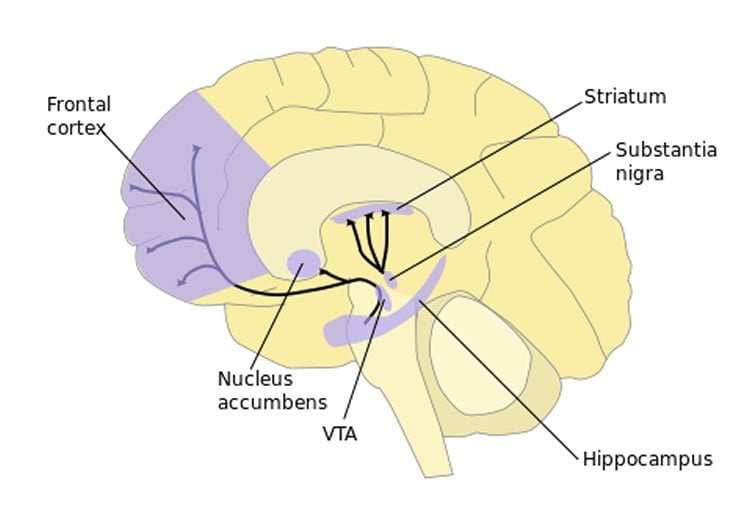Trust matters whether it’s love, money or another part of our everyday lives that requires risk, and a new study by a Dartmouth brain researcher and his collaborators sheds light on what motivates people to make that leap of faith.
The findings appear in the Journal of Neuroscience.
Collaboration is essential to human life, fostering interpersonal relationships that are intrinsically rewarding, fulfill a basic social need to belong and promote positive physical and mental health. One critical aspect of collaboration is trust, or assuming mutual risk with a partner.
In the new study, participants thought they were playing an economic investment game with a close friend, a stranger or a slot machine. In reality, they were playing with a simple algorithm that reciprocated trust 50 percent of the time. The researchers developed a computational model that predicted each player’s decision for each round given their previous experiences in the game.
Results showed that participants found positive interactions with a close friend more rewarding than interactions with a stranger or slot machine, and that the researchers’ “social value” model predicted participants’ investment decisions better than models that only considered financial payoffs. Neuroimaging also showed that specific brain signals — in the ventral striatum and medial prefrontal cortex — correlated with social value signals when the participants made their decisions.

The ventral striatum is a key pathway in reward processing, while the medial prefrontal cortex is associated with representing another person’s mental state. Together, these regions provide additional evidence that players receive a greater social reward signal when they learn their friend reciprocated than the other two players in the game. This occurs despite participants learning that each player is only reciprocating 50 percent of the time. But because players receive this additional reward signal, they end up trusting their friend more than the other players throughout the game.
“These findings show the importance of social relationships in how we make everyday decisions and specifically how relationships can change our perceived value associated with a given decision,” says co-author Luke Chang, an assistant professor in Psychological and Brain Sciences at Dartmouth. “This is a very important finding as most macroeconomic models of individual decision-making are based solely on financial rewards and strongly influence policy decisions. Our findings also provide a new method to test computational models using brain imaging data, which might be useful for studying amorphous concepts such as trust and reciprocity.”
Source: John Cramer – Dartmouth College
Image Source: The image is in the public domain
Original Research: Full open access research for “Computational Substrates of Social Value in Interpersonal Collaboration” by Dominic S. Fareri, Luke J. Chang, and Mauricio R. Delgado in Journal of Neuroscience. Published online May 27 2015 doi:10.1523/JNEUROSCI.4775-14.2015
Abstract
Computational Substrates of Social Value in Interpersonal Collaboration
Decisions to engage in collaborative interactions require enduring considerable risk, yet provide the foundation for building and maintaining relationships. Here, we investigate the mechanisms underlying this process and test a computational model of social value to predict collaborative decision making. Twenty-six participants played an iterated trust game and chose to invest more frequently with their friends compared with a confederate or computer despite equal reinforcement rates. This behavior was predicted by our model, which posits that people receive a social value reward signal from reciprocation of collaborative decisions conditional on the closeness of the relationship. This social value signal was associated with increased activity in the ventral striatum and medial prefrontal cortex, which significantly predicted the reward parameters from the social value model. Therefore, we demonstrate that the computation of social value drives collaborative behavior in repeated interactions and provide a mechanistic account of reward circuit function instantiating this process.
“Computational Substrates of Social Value in Interpersonal Collaboration” by Dominic S. Fareri, Luke J. Chang, and Mauricio R. Delgado in Journal of Neuroscience. Published online May 27 2015 doi:10.1523/JNEUROSCI.4775-14.2015






